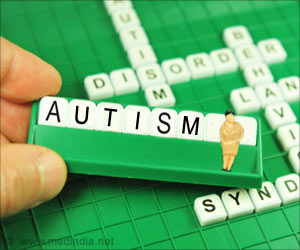There is a need for a comprehensive evaluation of children with Cogan's syndrome, highlighting the rarity and diagnostic challenges of the condition.
- Cogan's Syndrome, though rare in children, requires comprehensive evaluation including tests for autoimmune and infectious diseases, echocardiography, and brain MRI
- According to a literature review of pediatric cases, all patients exhibited sensorineural hearing deficit and ocular involvement
- Despite treatment with systemic corticosteroids and other therapies, the outcome for pediatric Cogan's Syndrome patients remains unsatisfactory concerning hearing deficit
Paediatric Cogan's syndrome - review of literature, case report and practical approach to diagnosis and management
Go to source). “Hence, counselling as well as therapeutic decision making may be challenging especially in the pediatric population.”
Reviewing Pediatric Cases of Cogan's Syndrome
Rücklová and colleagues conducted a literature analysis of case reports using PubMed, explicitly searching the keywords "children," and "childhood" in addition to those designating the disease state, to study confirmed cases of Cogan's syndrome and methods in which patient care may be improved. The researchers added information from a pediatric patient with Cogan's syndrome treated at their institution to the cases reported in the literature review.The researchers discovered 55 published case reports of pediatric Cogan's syndrome patients. Every patient represented by a case report had "sensorineural hearing deficit and ocular involvement," according to the researchers. Keratitis was the most common manifestation, appearing in 62% of cases, followed by uveitis (36%).
In 69% of cases, patients reported vestibular symptoms such as tinnitus and vertigo. These were sometimes coupled with vomiting, according to the authors. 29% of patients experienced fever, 45% reported arthralgias or arthritis, 31% reported neurological involvement, and 18% reported skin involvement. Two patients died out of the 55 instances.
Therapeutic Approaches and Outcome in Pediatric Cogan's Syndrome
Systemic corticosteroids were the most commonly used medication for these individuals, being used in 81% of instances. Methotrexate was the next most commonly utilized therapy, with 26% of patients receiving it. Only two individuals were treated with a biological medication, infliximab (Remicade, Janssen), according to the researchers.“So far no diagnostic and management recommendations for CS in children have been published,” Rücklová and colleagues wrote. “Unfortunately, there is no single laboratory test that would be diagnostic for CS.
“The outcome of pediatric CS patients proved good regarding their ocular involvement with 69% achieving remission but rather unsatisfactory concerning hearing deficit, with 56% children remaining deaf or severely affected,” they added. “Based on the review of literature we suggest a rational diagnostic work-up for pediatric CS that should include laboratory autoimmune and infectious screening as well as echocardiography and MRI of the brain and the inner ear with gadolinium enhancement.”
- Paediatric Cogan's syndrome - review of literature, case report and practical approach to diagnosis and management - (https://pubmed.ncbi.nlm.nih.gov/37291629/)










